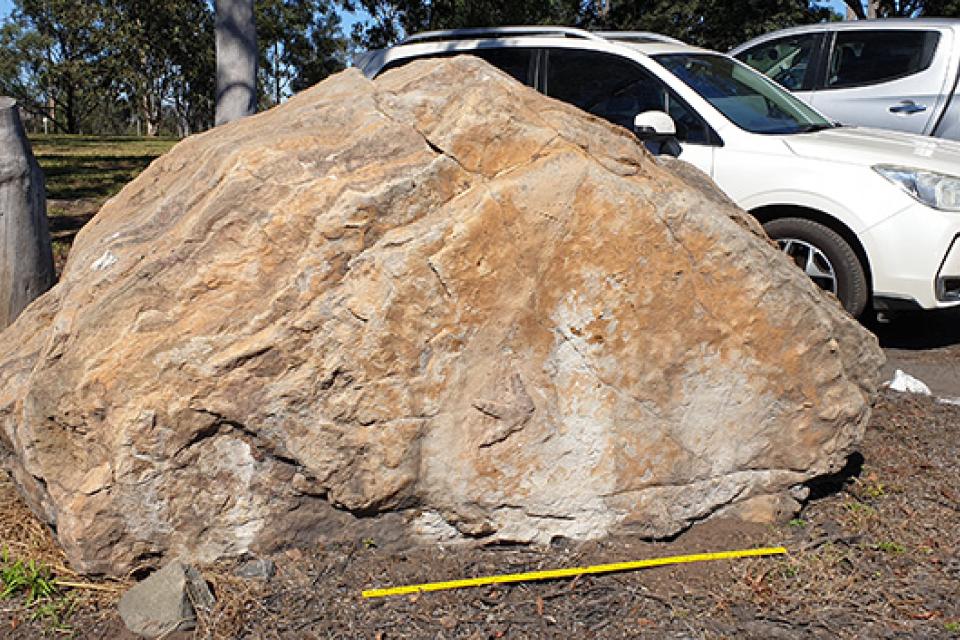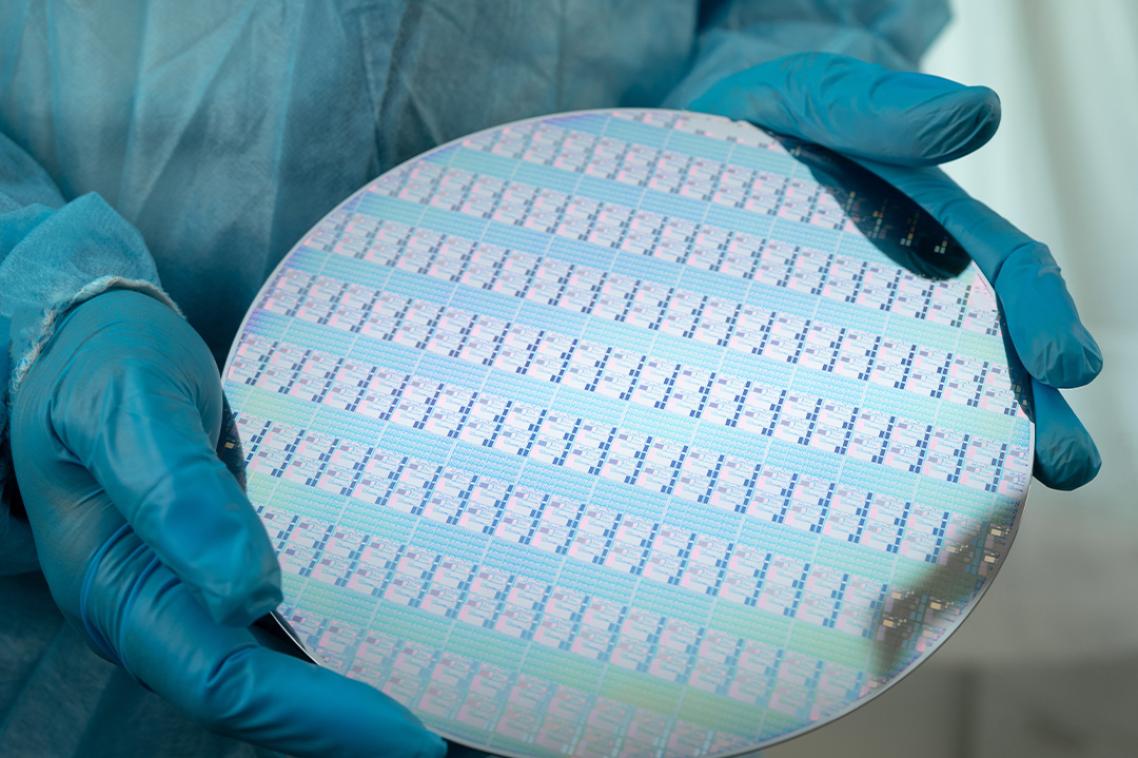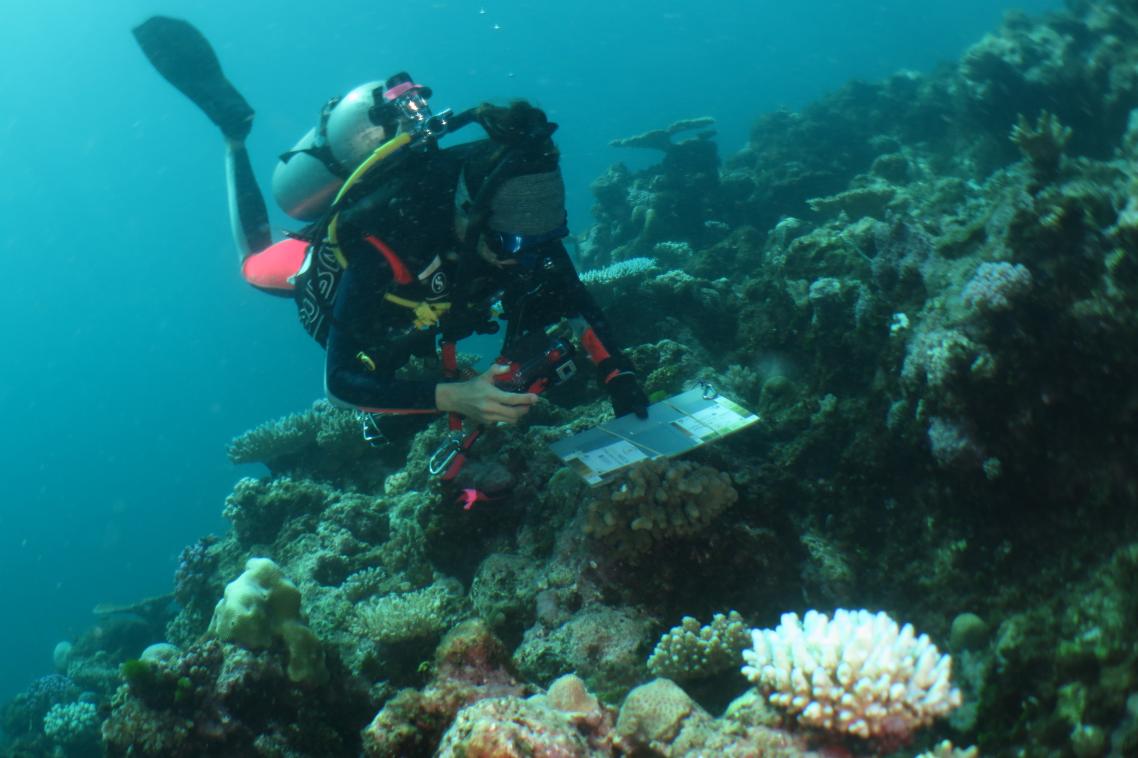Dozens of 3-toed dinosaurs leave their mark in Queensland

Key points
- A UQ researcher has confirmed a boulder at a regional school contains one of the highest concentrations of dinosaur footprints per square metre ever documented in Australia
- The 66 footprints are from 47 individual dinosaurs which passed across a patch of wet, white clay, in the Callide Basin
- The dinosaurs were small, with legs ranging from 15 to 50cm in length and when they left these marks, they were travelling less than 6 km/hr
A University of Queensland researcher has confirmed a boulder at a regional school contains one of the highest concentrations of dinosaur footprints per square metre ever documented in Australia.
Dr Anthony Romilio from UQ’s Dinosaur Lab has identified 66 fossilised footprints left in the Callide Basin in Central Queensland during the Early Jurassic period, around 200 million years ago.
“The footprints are from 47 individual dinosaurs which passed across a patch of wet, white clay, possibly walking along or crossing a waterway,” Dr Romilio said.
“It’s an unprecedented snapshot of dinosaur abundance, movement and behaviour from a time when no fossilised dinosaur bones have been found in Australia.
“Each footprint has 3 toes, indicating they belong to the ichnospecies Anomoepus scambus.
“These dinosaurs were small, with legs ranging from 15 – 50 cm in length and when they left these marks, they were travelling less than 6 km/hr.
“Evidence from skeletal fossils overseas tells us dinosaurs with feet like these were plant eaters with long legs, a chunky body, short arms, and a small head with a beak.”
The remarkable rock was uncovered 20 years ago at Callide Mine near Biloela and given to the local high school.
Its significance remained unknown until Dr Romilio’s previous work on nearby Mount Morgan footprints prompted the community to contact him.
“Significant fossils like this can sit unnoticed for years, even in plain sight,” Dr Romilio said.
“It’s incredible to think that a piece of history this rich was resting in a schoolyard all this time.
“With advanced 3D imaging and light filters, I was able to reveal hidden details in the footprints.
“Another sample in this study of Callide Basin footprints was also hiding in plain sight – I spotted it being used as a carpark entry delineator at Callide Mine.

“This rock is much larger at around 2-tonnes with 2 distinct footprints left by a slightly larger dinosaur walking on 2 legs around 80cm in length.
“Along with a sample from a third rock that is encased in resin and was being used as a bookend, we have gained new insight into the ancient past in this region.”
High-resolution models of the fossils are available online, allowing anyone to explore these ancient tracks in detail.
Investigation of the rock samples has been supported by Batchfire Resources, Biloela State High School and the Banana Shire Council.
The research is published in Historical Biology.
Related articles

Superconducting germanium made with industry-compatible methods

Under the surface: how genetics could save the Great Barrier Reef
Media contact
UQ Communications
communications@uq.edu.au
+61 429 056 139
